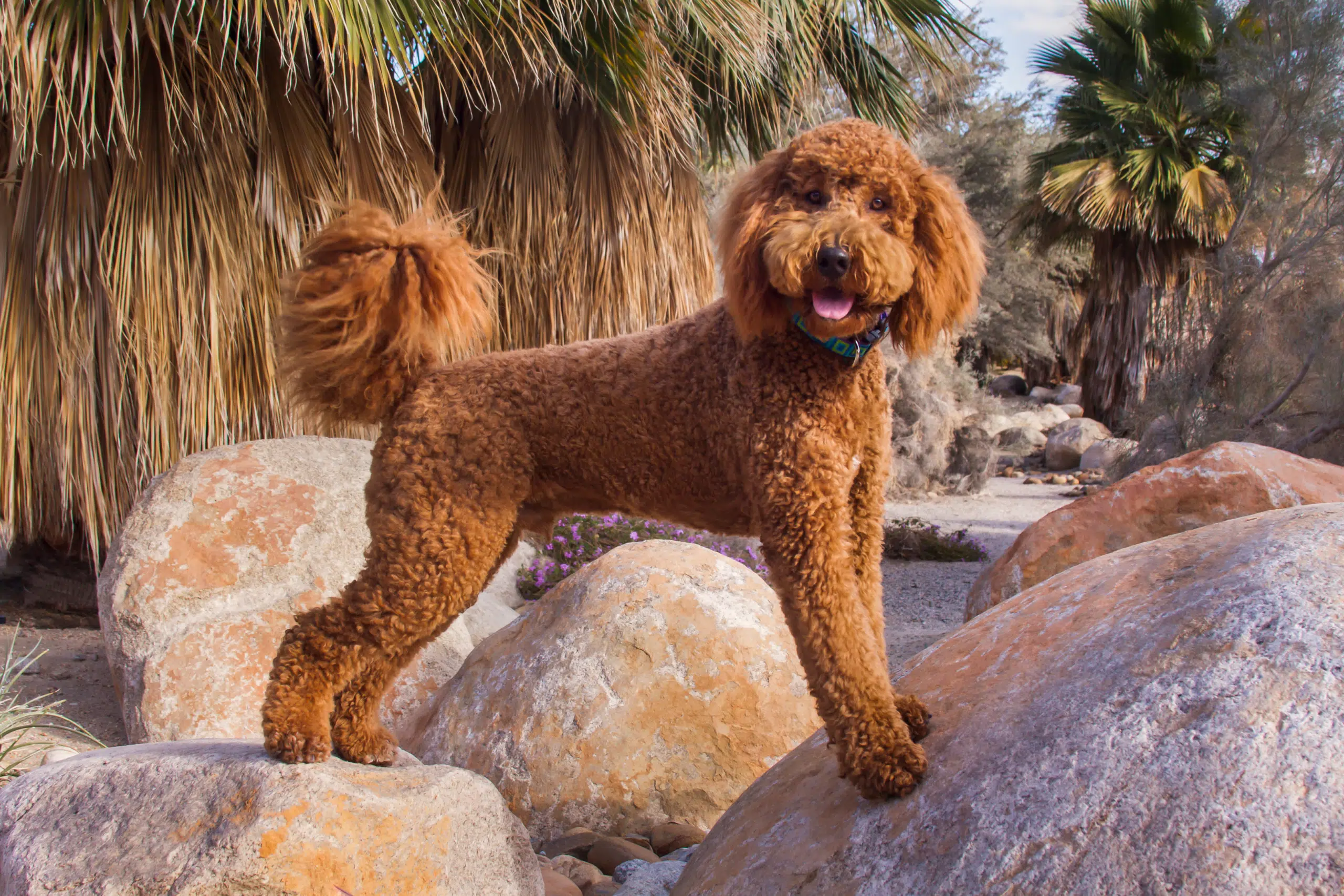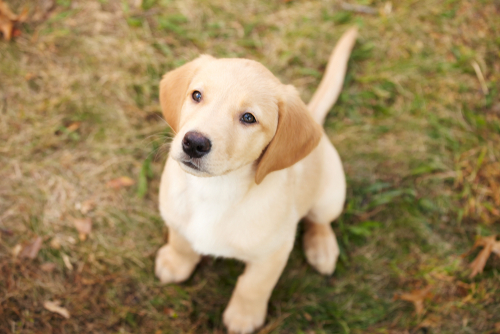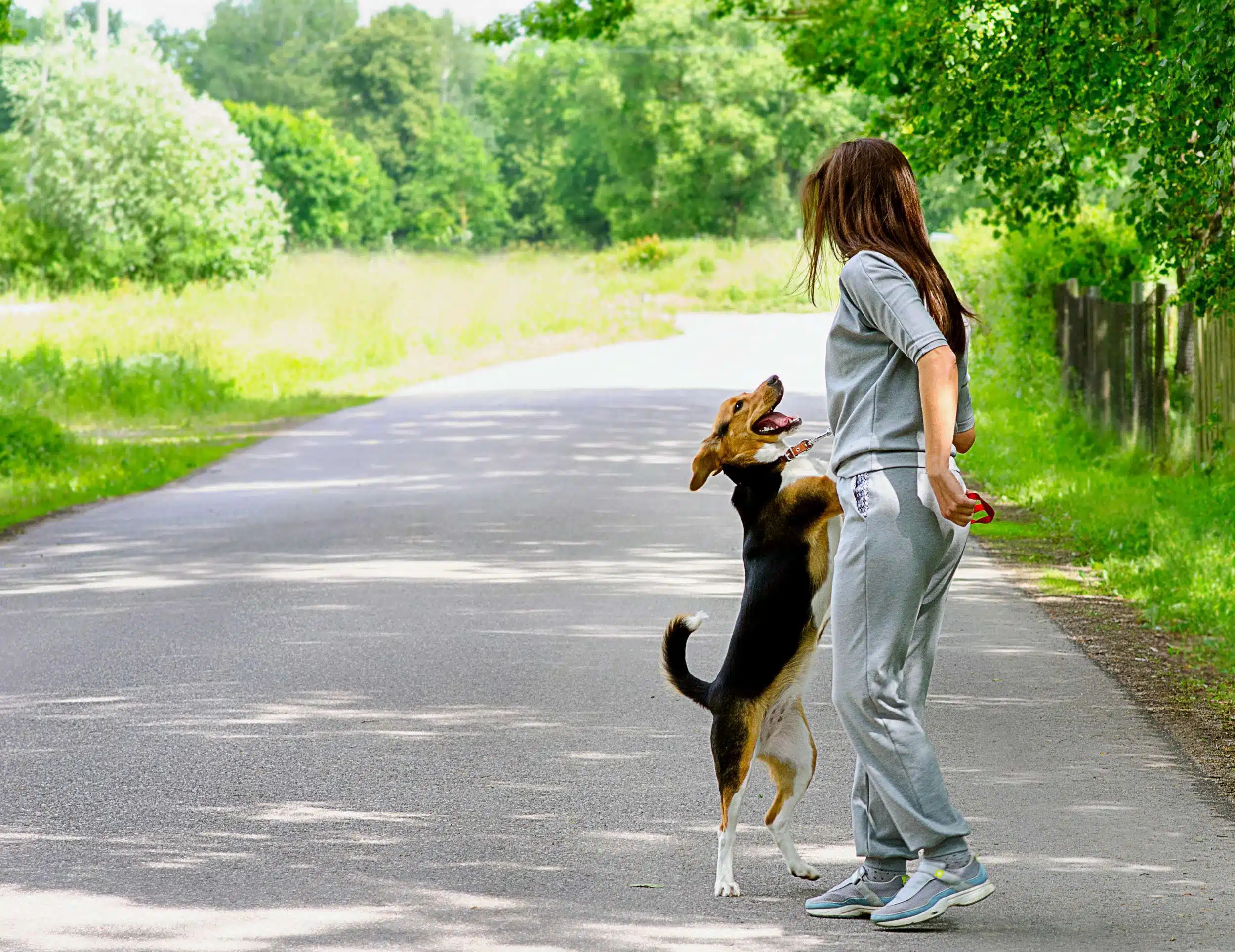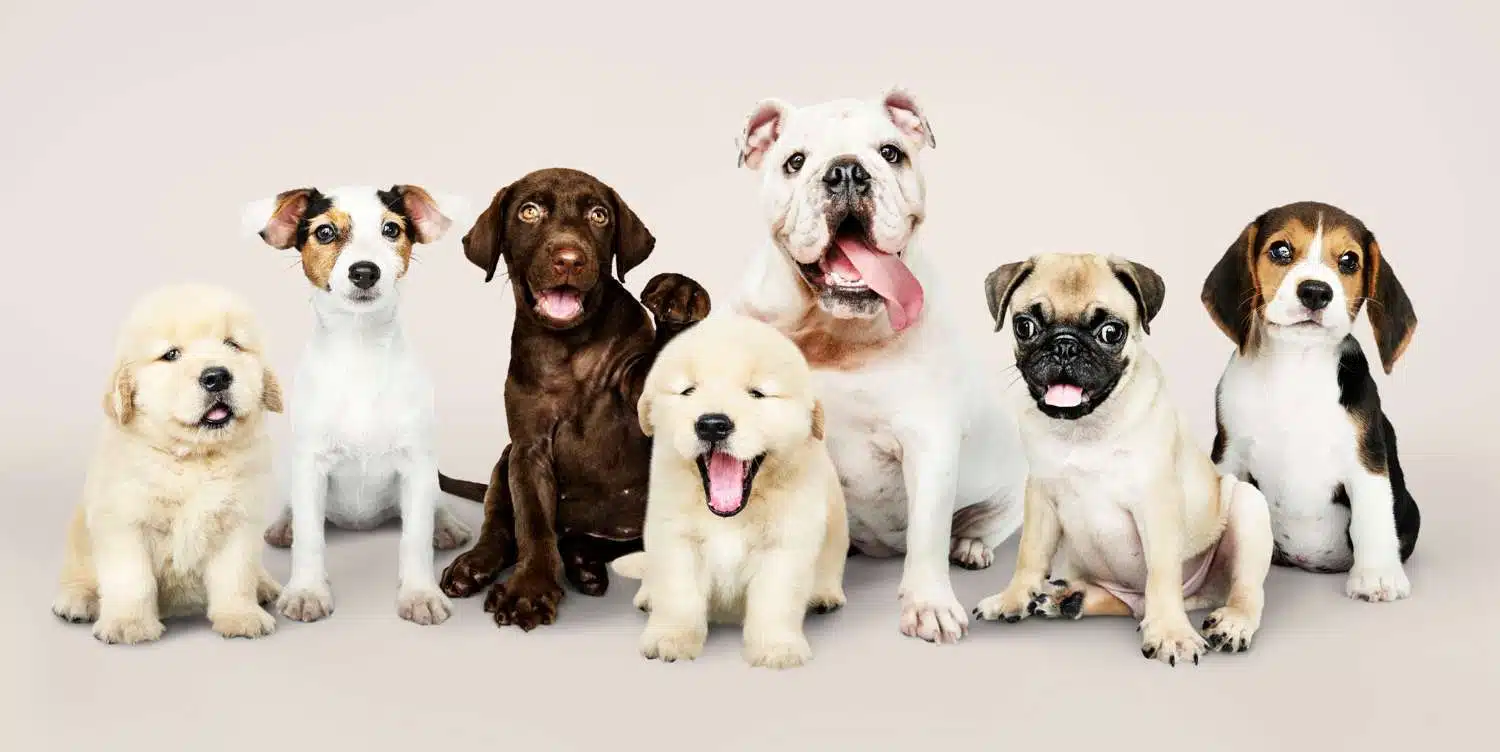Introduction to Mixed-Breed and Designer Dogs
Welcome to the fascinating world of mixed-breed and designer dogs, where the magic of genetics and the beauty of diversity combine to create some truly unique canine companions! These lovable furballs, also known as “mutts” or “designer dogs,” are the result of crossbreeding between different purebred dog breeds, which often leads to one-of-a-kind appearances, personalities, and abilities.
In this overview, we’ll dive into the colorful realm of mixed-breed dogs, exploring their origins, benefits, generations, and the endless joy they bring into our lives. So, get ready to unleash your curiosity and learn more about these extraordinary pooches!
What is a Mixed-Breed Dog?
A mixed-breed or hybrid dog, as the name implies, is a canine that has been bred from two or more different breeds of dogs. These delightful pups are often born from unintentional crossbreeding, but they can also be the result of intentional hybridization, where breeders aim to combine the best traits of multiple breeds into one lovable package.
Differences Between Mixed-Breeds, Designer Dogs, and Mutts
While “mixed-breed,” “designer dog,” and “mutt” are terms that are sometimes used interchangeably, there are subtle differences between them.
A mixed-breed dog is a general term for any dog resulting from the breeding of different purebreds.
A designer dog breed, on the other hand, are specific types of mixed breeds that have been intentionally created by breeders to combine the desirable traits of two or more purebred breeds, such as the Labradoodle (Labrador Retriever and Poodle mix) or the Goldendoodle (Golden Retriever and Poodle mix).
Mutts, in contrast, are typically the result of random, unplanned breeding between various breeds, and their ancestry is often unknown.
Advantages and Disadvantages of Mixed-Breed Dogs
Designer dogs offer plenty of benefits, from their unique physical and personality traits to the decreased likelihood of genetic health issues. On the downside, however, some people may find it more difficult to identify their breed mix and predict the adult size of a mixed-breed pup. Let’s take a closer look at the pros and cons of mixed-breed dogs.
Advantages
- Genetic diversity: Mixed-breed dogs tend to have greater genetic diversity than purebreds, which can make them less prone to genetic health issues and can result in increased overall health and longevity.
- Unique appearances: The combination of different breeds often leads to one-of-a-kind appearances in mixed-breed dogs, making each pup truly special.
- Balanced temperaments: Mixed-breeds may inherit a mix of personality traits from their parent breeds, potentially resulting in a more balanced and adaptable temperament.
- Lower cost: Mixed-breeds are often less expensive to purchase than purebred dogs and can be more readily available at animal shelters and rescue organizations
Disadvantages
- Unpredictability: The blending of different breeds can make it difficult to predict the exact size, appearance, or temperament of a mixed-breed dog, which could be a concern for some potential owners.
- Health concerns: While mixed-breeds can have better overall health than purebreds, they may still inherit health problems from their parent breeds, so it’s essential to research the specific breeds involved.
- Limited breed-specific activities: Mixed-breeds may not be eligible for certain breed-specific events or competitions, like conformation shows or some working dog trials.
Why Mixed Breed Dogs are Not Purebred
Many purebred breeds we know and love today started as mixed breeds that were breed over many generations to consistently develop the desired traits. For recognition by the AKC, which is a “club of clubs”, a dog breed needs to have an established national breed club.
The national breed clubs establish the breed standards which are the listed desired traits that the pups were selectively breed for. The level of detail for the standard can vary greatly between breeds. For example the Pyrenean Shepherd’s description is 1,943 words, while the Greyhound is only 226 words.
The key component of a purebred dog is that it breeds consistently to to breed standards. This is known as “breeding true”. It can take decades or longer to selectively breed the desired traits for a purebred dog.
Lastly, in order to be recognized as a purebred by the AKC, a breed must have sufficient interest which means over 100 households in the club, 300-400 dogs registered with at least three generations of pedigree, and geographic distribution to include over 20 states.
Designer Dog Generations
Generations concerning designer dogs refer to the different levels of breeding that occur in the process of creating and refining these hybrid canines. Each generation represents a specific stage in the intentional breeding of two or more purebred dogs, with the aim of combining the best traits of each breed.
F1 Generation
This is the first first generation hybrid produced by crossing two purebred dogs of different breeds. The resulting offspring are referred to as F1, with the “F” standing for “filial” and the “1” denoting the first generation. These dogs have a 50/50 genetic mix of their parent breeds.
F1B Generation
This is created by breeding an F1 mixed breed dog back to one of its parent breeds, usually to achieve a desired trait or improve a particular characteristic. The offspring are referred to as F1B, with the “B” denoting “backcross.” These dogs have a 75/25 genetic mix, with 75% from the breed they were backcrossed to and 25% from the other breed.
F2 Generation
This generation is produced by breeding two F1 mixed-breed dogs together. The resulting offspring are known as F2, with the “2” denoting the second generation. F2 dogs have a more unpredictable mix of traits and characteristics, with no guarantees of which breed’s traits will be more dominant.
F2B Generation
This is created by breeding an F1 mixed breed dog with an F1B mixed breed dog. The resulting offspring are referred to as F2B. The genetic makeup of these dogs varies depending on the purebred parents” genetics, but they generally have a more consistent appearance and temperament compared to F2 dogs.
F3 Generation and Beyond
These generations are created by breeding F2 or later mixed breed dogs together or by breeding an F2 or later mixed breed dog back to one of the parent breeds. The mixing breeds and resulting offspring are known as F3, F4, etc., depending on the generation. With each subsequent generation, the predictability of traits and characteristics generally decreases.
A dog owner might prefer one generation over another for various reasons, including:
- Predictability: F1 and F1B mixed breed dogs tend to have more predictable characteristics compared to F2 and later generations. This predictability might be preferred if the owner is looking for specific traits or a more consistent appearance.
- Hybrid Vigor: Some dog owners may choose F1 or F2 mixed breed dogs because they believe these dogs have increased “hybrid vigor,” which refers to the potential health and genetic benefits that can come from combining the best traits of two different breeds.
- Unique Traits: If a dog owner is looking for a more unique or individualistic dog, they might prefer an F2 or later generation mixed breed dog, as these dogs can have a wider variety of traits and characteristics.
- Breed-Specific Health Issues: Some dog owners might choose a specific mixed breed generation to avoid or minimize the risk of breed-specific health issues that are common in certain purebred dogs.
Ultimately, the preference for a particular generation of mixed-breed dogs will depend on the owner’s personal needs, desires, and lifestyle.
The Concept of Breeding True
“Breeding true” refers to the consistent inheritance of specific traits or characteristics in successive generations of dogs within a particular breed.
When a breed “breeds true,” it means that the offspring will consistently exhibit the same physical appearance, temperament, and other traits that define the same breed without significant variation.
How Long Does It Take To Breed True?
Breeding true typically takes several generations of careful and selective breeding, with most experienced breeders focusing on consistently passing down the desired traits.
The exact number of generations required may vary depending on the specific breed and the traits being selected for, but it generally takes a minimum of four to six generations to establish a stable, true-breeding population.
Trait Variability in Designer Dogs
Since many designer dogs are relatively new and have not yet bred true, buyers can expect greater variability in traits, which can result in an unpredictable combination of the parent breeds’ characteristics.
This variability can be both a blessing and a curse, as it contributes to the unique appearance and personality of each designer dog but can also lead to unanticipated challenges for potential pet owners.
For example, a first-generation Labradoodle might inherit the Labrador Retriever’s friendly nature and the Poodle’s intelligence, but it could also inherit the Labrador’s high energy levels or the Poodle’s grooming requirements.
As a result, the combination of traits in each individual designer dog might not necessarily be the ideal mix that breeders initially aimed for.
In the case of designer dogs, it is essential for potential owners to be aware of the inherent variability in traits and to understand that these dogs may not exhibit only the good characteristics or exact combination of desired characteristics that are often advertised.
Adopting a designer dog requires a level of flexibility and adaptability, as the resulting pup could possess a range of traits from both parent breeds.
Clubs and Organizations for Mixed-Breeds
Various clubs and organizations exist that are devoted to the preservation and promotion of mixed-breed dogs.
These organizations often host events to celebrate the special characteristics of mixed-breed dogs and provide a platform for sharing resources, fostering connections, and advocating for the recognition of these types of dogs.
- American Canine Hybrid Club (ACHC)
The American Canine Hybrid Club (ACHC) is a reputable organization that recognizes and registers mixed-breed and hybrid dogs.
The ACHC serves as a valuable resource for information on all hybrid dog breeds, provides guidelines for responsible breeding, and promotes the well-being of these unique canines. They maintain a registry for designer dogs, acknowledging their lineage and ancestry.
- Designer Breed Registry (DBR)
The Designer Breed Registry (DBR) is another organization focused on registering and promoting mixed-breed dogs.
The DBR aims to provide breeders, owners, and enthusiasts with a platform to share knowledge, register their dogs, and participate in events specifically designed for designer breeds. They also work towards improving breed standards and promoting ethical breeding practices.
- International Designer Canine Registry (IDCR)
The International Designer Canine Registry (IDCR) is a global organization dedicated to the registration, recognition, and promotion of designer dog breeds.
The IDCR seeks to provide a platform for the responsible development of designer breeds, ensuring that they meet specific health, temperament, and conformation standards. They maintain a registry for designer dogs and provide resources for breeders and owners alike.
- American Kennel Club (AKC)
The AKC has established a program for mixed breed pups. Dogs that are not eligible for AKC Purebred Registration or the AKC Purebred Alternative Listing (PAL), you can still enroll them in the AKC Canine Partners™ Program. This program accepts dogs of all kinds.
The AKC Canine Partners™ Program is open to all mixed breed dogs regardless of their age. By enrolling in this program, your dog can participate in various AKC sports and events such as Agility, AKC Rally, or Obedience.
Benefits of Joining a Mixed-Breed Club or Organization
- Networking opportunities: Joining a mixed-breed club or organization allows owners, breeders, and enthusiasts to connect with like-minded individuals who share their passion for designer dogs.
- Education and resources: These organizations often provide valuable information and resources on mixed-breed dogs, including breed standards, health concerns, and responsible breeding practices.
- Events and competitions: Mixed-breed clubs and organizations may host or sponsor events and competitions specifically tailored for designer breeds, allowing owners to showcase their dogs and participate in various activities.
- Advocacy and support: By joining a mixed-breed club or organization, individuals can contribute to the promotion of responsible breeding practices, ethical treatment of dogs, and overall awareness of designer breeds within the canine community.
- Recognition and registration: Registering your mixed-breed dog with one of these organizations helps to establish their lineage and ancestry and provides a sense of legitimacy and recognition for designer breeds within the dog world.
Tips for Choosing a Mixed-Breed Dog
Every dog is different, and finding the right match for your home and lifestyle requires careful consideration and research. Here are some basic tips to follow:
- Researching Breeds and Their Characteristics
Before selecting a mixed-breed dog, it’s essential to research the breeds involved and their characteristics. Understanding the traits and potential health concerns of the parent breeds can help you determine whether a particular mixed-breed dog is a good fit for your lifestyle, family, and living situation.
Keep in mind that mixed-breed dogs may inherit any combination of traits from their parent breeds.
- Selecting a Reputable Breeder
If you decide to purchase a mixed-breed dog from a breeder, ensure that you choose a reputable one who prioritizes the health and well-being of their dogs. Reputable breeders should provide health screenings and genetic testing for their breeding dogs and be transparent about the potential health risks associated with the mixed breed.
They should also prioritize proper socialization and care for their puppies and be willing to provide references and answer any questions you may have.
- Adopting From Shelters and Rescue Organizations
Adopting a mixed-breed dog from a shelter or rescue organization is a wonderful way to provide a loving home to a dog in need. Many mixed-breed dogs end up in shelters and rescue groups, so you’ll likely have a wide variety of options to choose from. Be prepared to spend time visiting with potential adoptees and speaking with animal shelter staff or rescue volunteers to find the perfect match for your family and lifestyle.
- Assessing the Temperament and Compatibility
When choosing a mixed-breed dog, it’s crucial to consider their temperament and compatibility with your lifestyle, family members, and any other pets you may have. Spend time interacting with the dog and observe their behavior, energy levels, and personality.
Keep in mind that every dog is unique, and the temperament of a mixed-breed dog may not perfectly align with the typical traits of its parent breeds. It’s essential to find a dog that complements your lifestyle and can adapt to your home environment.
The Growing Acceptance and Appreciation of Designer Dogs in Society
Over the years, the acceptance and appreciation of designer dogs and mixed-breed canines have grown significantly. As more people recognize the value and beauty of these hybrids, clubs and organizations have emerged to support and promote these distinctive breeds.
This growing acceptance has also led to increased visibility and opportunities for mixed-breed dogs in various events and competitions. Ultimately, the rise in popularity of mixed-breed dogs highlights society’s evolving understanding and appreciation of the diverse world of canine companionship.
Final Thoughts
Owning a mixed-breed dog is an enriching and rewarding experience, as these unique canines bring a delightful blend of traits, appearances, and personalities into our lives.
The increasing appreciation and acceptance of mixed-breed dogs in society reflect their value as loving companions and the many advantages they offer, such as genetic diversity, adaptability, and often improved overall health.
By carefully selecting a mixed-breed dog that suits your lifestyle and preferences, you’ll not only provide a loving home for a deserving canine but also embark on a lifelong journey of companionship, love, and joy with your one-of-a-kind furry friend!














Get involved!
Comments